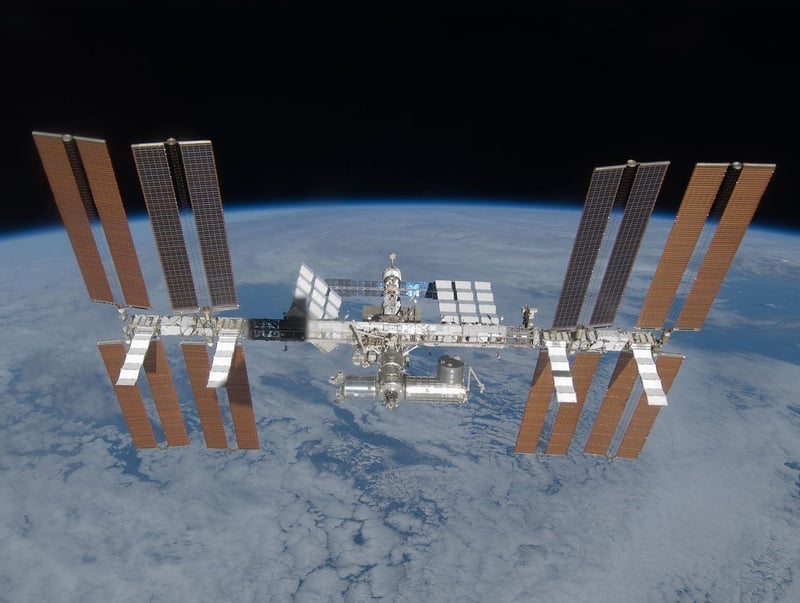Orbital Habitats
The Future of Habitats: Orbital Habitats

As humanity looks towards exploring and colonizing space, the concept of futuristic habitats has gained significant attention. One such intriguing idea is the development of orbital habitats, which could revolutionize the way we live and work beyond Earth.
What are Orbital Habitats?
Orbital habitats are artificial structures designed to sustain human life in space. These habitats would orbit around celestial bodies like planets or moons, providing living quarters, workspaces, and recreational areas for astronauts and space travelers.

Advantages of Orbital Habitats
- Microgravity Research: Orbital habitats offer a unique environment for conducting experiments in microgravity, unlocking new scientific discoveries.
- Space Tourism: These habitats could serve as destinations for space tourism, allowing civilians to experience life in space.
- Gateway to Deep Space: Orbital habitats could act as stepping stones for further exploration of the solar system and beyond.
Challenges and Solutions
While the concept of orbital habitats holds immense potential, there are challenges to overcome, such as radiation exposure, life support systems, and construction in space. Scientists and engineers are actively working on solutions to these hurdles, including advanced shielding technology, closed-loop life support systems, and in-situ resource utilization.
The Future Awaits
With rapid advancements in space technology and growing interest in space exploration, the realization of orbital habitats may not be far off. These futuristic living spaces could redefine human civilization and pave the way for a new era of interplanetary habitation.
Are you ready to embark on this cosmic journey?
